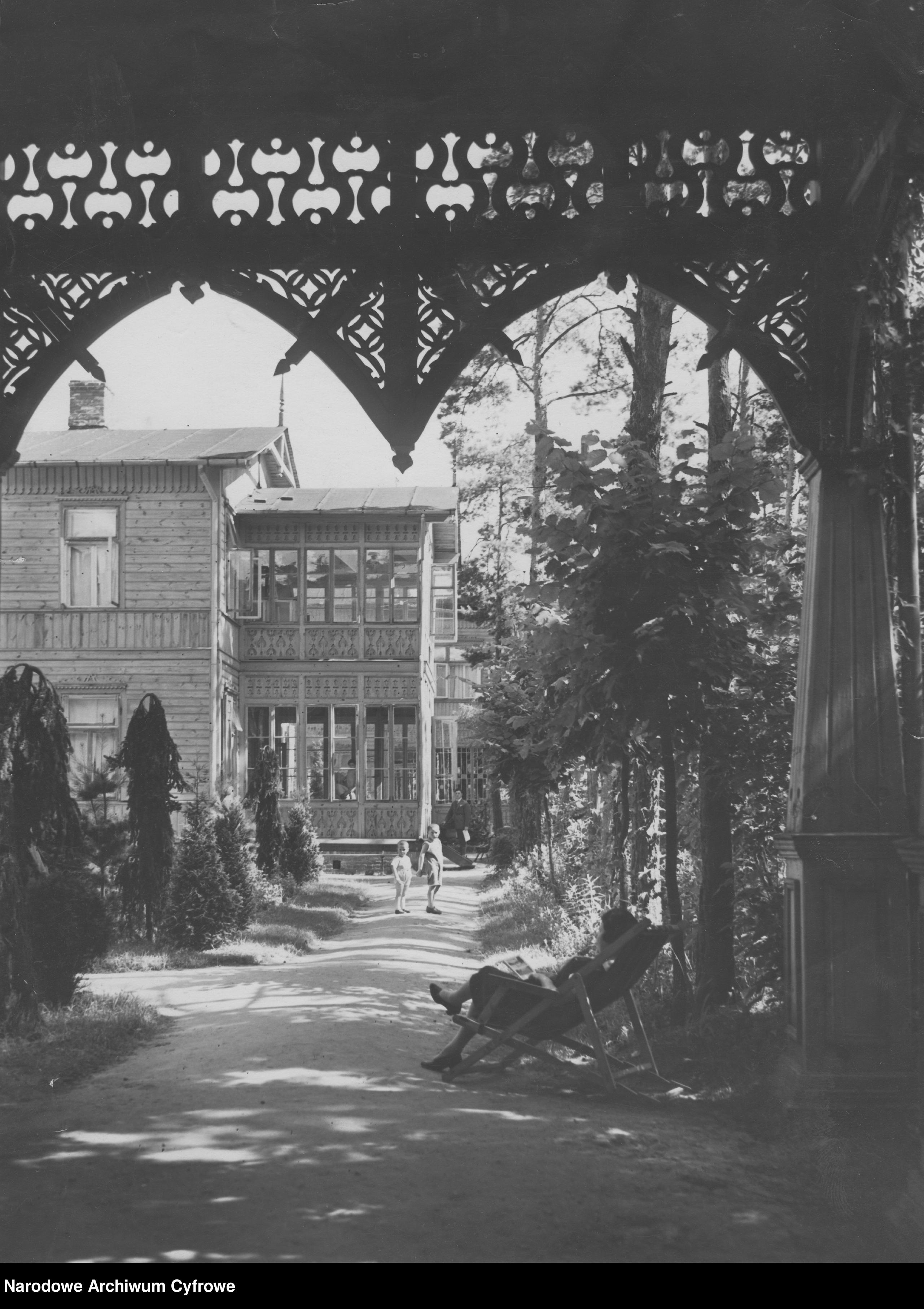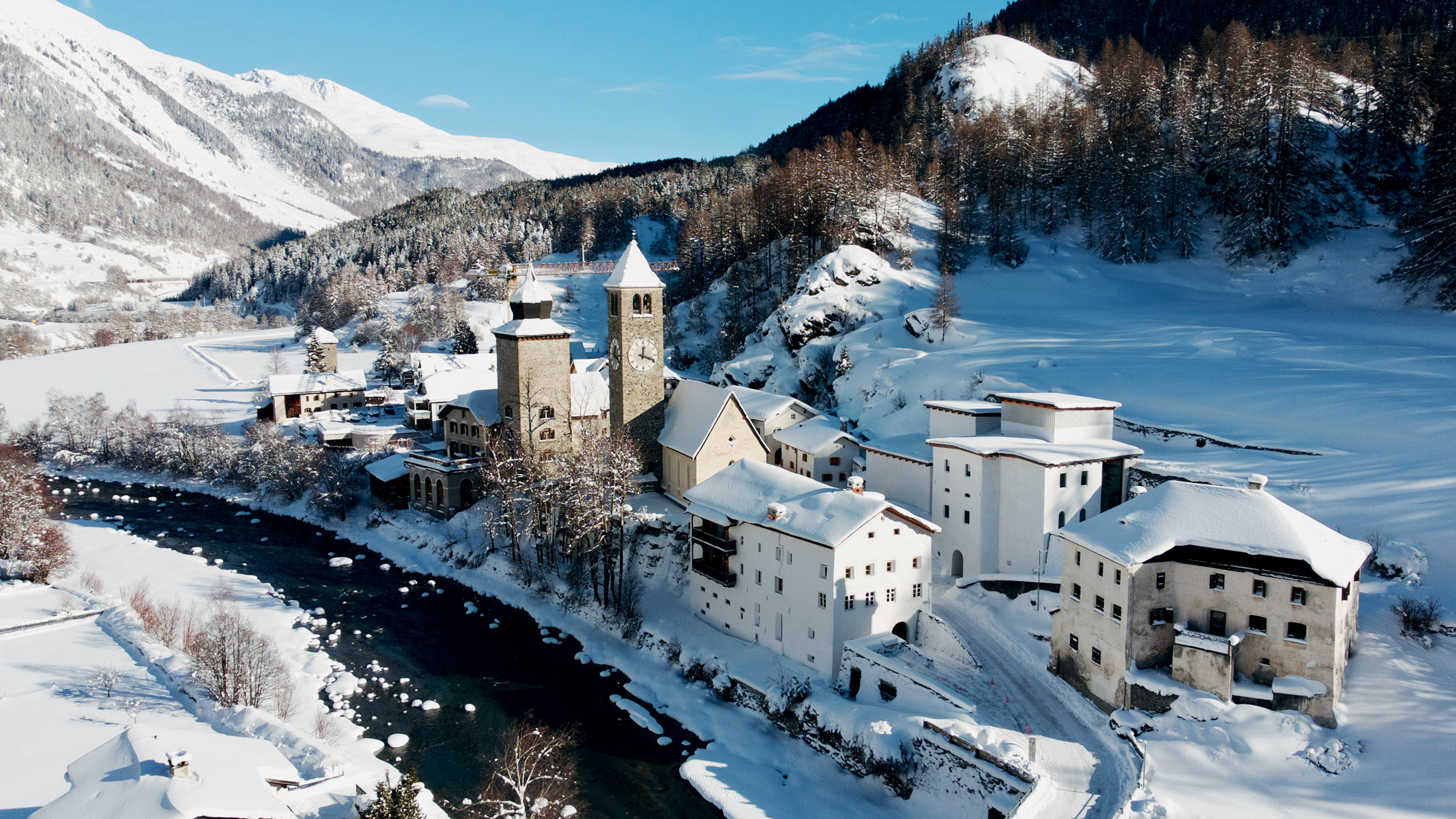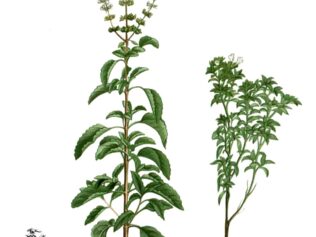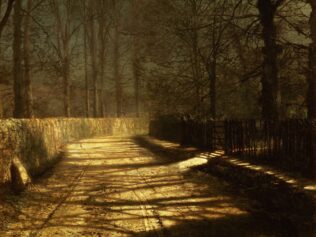
Two resorts near Warsaw: one where the climate was considered close to that of Egypt, another where the air was prescribed for the physically and mentally depleted. Join us on a trip to Otwock and Świder, where the timetable includes bathing in rivers and pine needles, sipping kumis, and therapeutic gardening.
“Salutary, low-lying and homely” – that’s how Polish writer Cezary Jellenta described the virtues of the Otwock climate in 1935. But he was not always so laconic; he devoted a whole book, Sosny otwockie [The Otwock Pines], to the spa town where he spent the last years of his life. Paradoxically, many people living in Warsaw today have no idea that one of the formerly best-known Polish health resorts was developed on the “sands of the Gobi beyond the capital”. Or that Świder was, and perhaps still is, good for everything, according to the poet Konstanty Ildefons Gałczyński: “for the blues / for rheumatism / and eclecticism, / for love, for loneliness”.
Over a century of history for the resorts of Otwock and Świder near Warsaw can be written out for harmonizing literary voices, because these two places – nowadays under common administration – had two parallel fathers, a doctor and an artist. But let’s start from the beginning. And just like the first line of Piotr Paziński’s novel The Boarding House about the village Śródborów near Otwock: “In the beginning, there were train tracks.”
Beneficial pines
In 1877, when the Vistula River Rail










